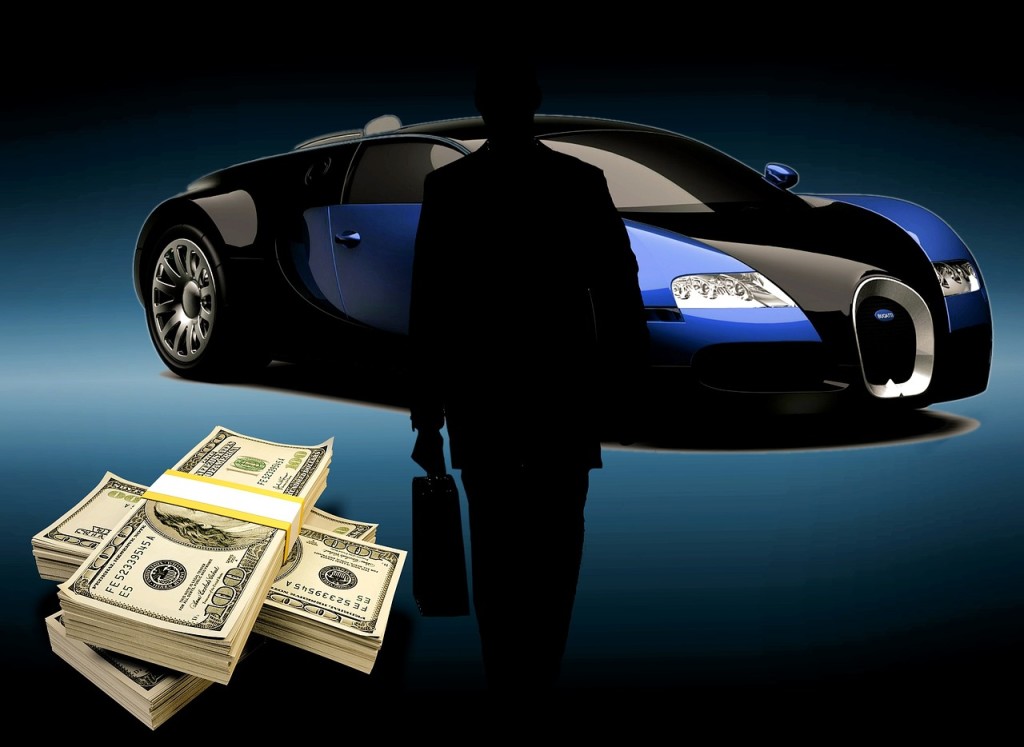Many people rush to lease vehicles because it is the opportunity to get a new car and even drive it. the thought at the back of their mind is that they will be able to make small payments in installments which is actually ‘cheaper’ than the cost of purchase. However many of these drivers sign the lease so quickly die to excitement and forget to read what is in fine print. They have just made a mistake that will cost them a lot of money. Some mistakes can be avoided by heeding simple tips.

Dealers advertise low monthly car lease payments on new vehicles, but consumers are usually asked to shell out several thousand dollars at the beginning of the term to get the rock-bottom payment, says Reed.
That money is generally used to pay a portion of the car lease in advance. “But prepaying is a problem if the car is wrecked or stolen in the first few months,” says Reed.
For that reason, Reed suggests that consumers not pay more than about $2,000 in advance. “In many cases, it makes sense to put nothing down,” he says.
Sourced from: http://www.bankrate.com/finance/auto/5-dumb-car-leasing-mistakes-to-avoid-2.aspx
Once you drive a car outside the shop then it starts to depreciate. This is true even with a leased vehicle. Now anything can happen to the car when it is under lease and this includes theft or an accident. Are you covered to deal with such instances? The sentence here ends with gap insurance. There are car leasing companies that offer that but they like to use the term, lease coverage. Even if that is present check to see if it is enough or will you have to chip in through your insurance?
“Guaranteed auto protection,” better known as gap insurance, is a specialized indemnity product geared toward drivers who would have trouble paying off their auto loan if the car were totaled or stolen. For some drivers, having an extra security blanket for their credit is probably worth the expense.
What It Does
When your car gets into a major wreck, your liability coverage doesn’t pay the cost of a brand-new vehicle. Instead, you’ll get a check for what a comparable car would go for on the used-car market. Insurers call this the vehicle’s “actual cash value.”
Gap insurance helps take care of the shortfall. Suppose you bought a $30,000 car and it is stolen two years later. Because depreciation is most severe during those first few years, the car was worth only $21,000 on the market. Yet you still owe the lender $24,000. If you have gap coverage, the carrier will kick in $3,000 to cover the difference.
Sourced from: http://www.investopedia.com/articles/personal-finance/102914/do-drivers-really-need-gap-insurance.asp
Many people do not know the fact behind the low monthly payments advertised by leasing companies. They do so because they have mileage limits that are very low. If you exceed the limit then you will have to pay more. To be on the safer side, do not sign any contract until you are thoroughly sure about your driving habits.
Underestimating mileage
One of the main factors you’ll have to consider when signing a lease deal is your car mileage allowance. The majority of lease contracts will allow you to travel between 10,000 and 15,000 miles a year before incurring penalties. Therefore, before you sign your lease deal you should realistically assess your day-to-day driving habits and calculate how many miles you expect to travel within the year of your lease. Always overestimate your mileage and allow yourself a ‘buffer zone’ of a thousand miles in order to avoid falling victim to costly fines, should you slightly exceed your mileage allowance!
Sourced from: http://www.autographcontracts.co.uk/resources/common-car-leasing-mistakes/
